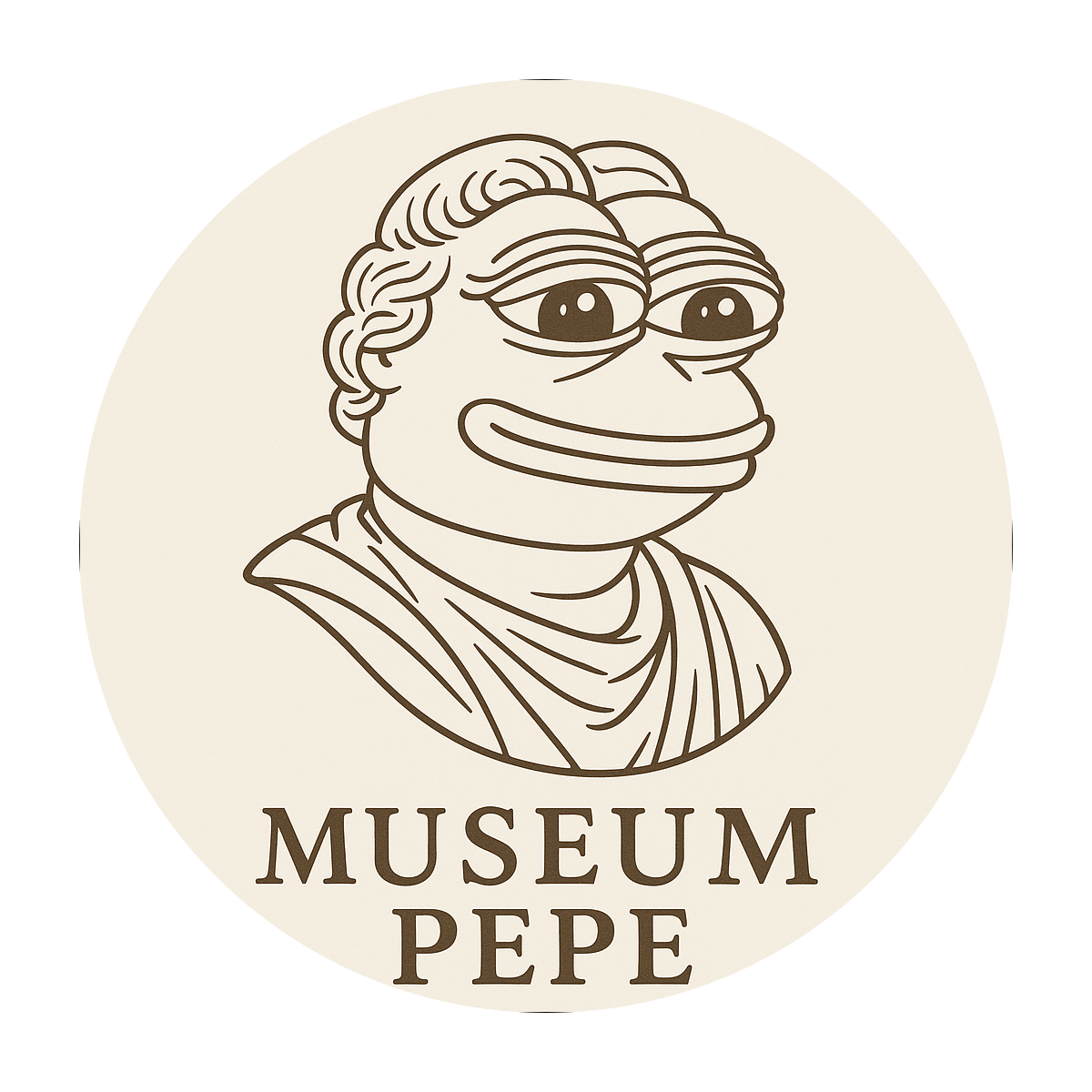Pepe the Frog: From Humble Comic to Controversial Icon
Pepe the Frog, a ubiquitous internet meme, originated as a laid-back comic character created by artist Matt Furie in his 2005 webcomic, Boy’s Club. Depicted as a green, anthropomorphic frog with a humanoid body, Pepe’s initial claim to fame stemmed from a particular panel where he utters the catchphrase “Feels good man” while urinating with his pants around his ankles. This seemingly innocuous, albeit crude, expression of contentment became central to his early internet appeal[1][2][3].
The character quickly gained traction online, spreading across platforms like MySpace, Gaia Online, and most notably, 4chan, starting around 2008[1]. Users on these forums embraced Pepe as a versatile template for expressing a wide range of emotions, from joy (“Feels Good Man”) to sadness (“Feels Bad Man”), anger, and smugness[1][2][4]. For years, Pepe remained a largely apolitical figure, a simple reaction image used by various internet subcultures for humor and self-expression[1][5].
However, Pepe’s narrative took a dark turn around 2015. The character was appropriated by the emerging alt-right movement and other far-right groups, who began using his image to promote racist, anti-Semitic, and other bigoted messages[1][2][5][6]. This politicization escalated, and by 2016, Pepe the Frog had become an unofficial mascot for some supporters of Donald Trump’s presidential campaign[5][6][7]. The Anti-Defamation League (ADL) officially added Pepe to its hate symbol database in 2016, although they noted that not all instances of his use were in a hateful context[1][2].
Matt Furie has publicly expressed his dismay over the appropriation of his creation and has actively worked to reclaim Pepe’s original, positive meaning, even going so far as to “kill off” the character in a comic in 2017[2][3]. Despite these efforts, Pepe the Frog remains a complex symbol, illustrating the unpredictable evolution of internet culture and the potential for innocent creations to be co-opted for extremist purposes[2][3][5][6].
